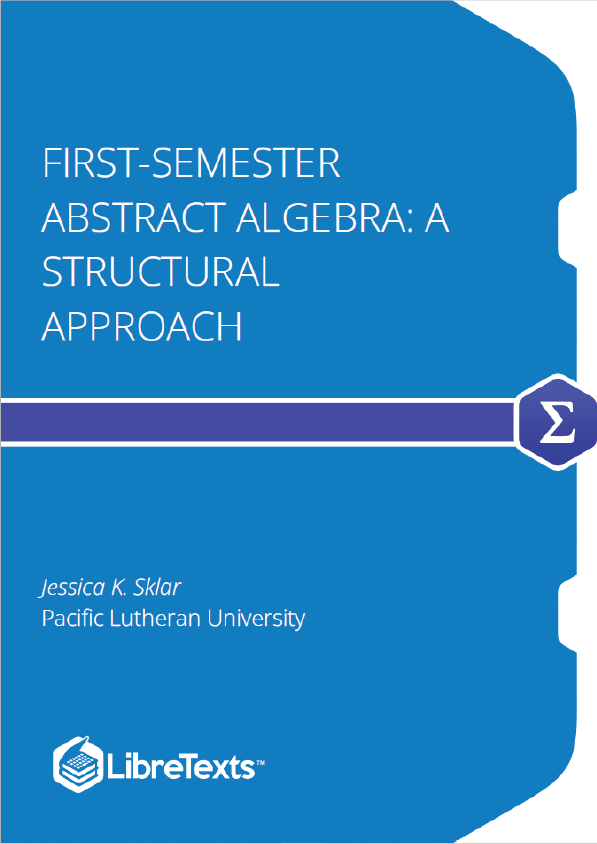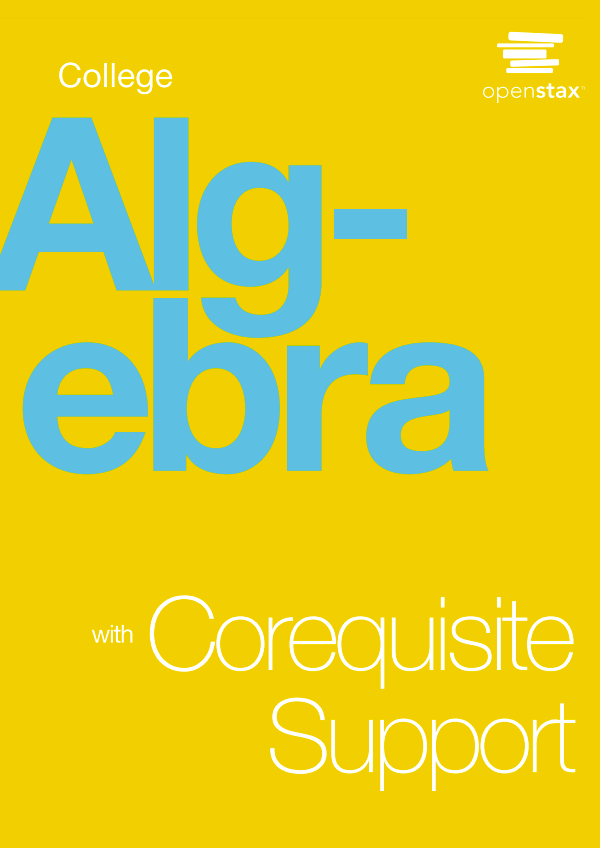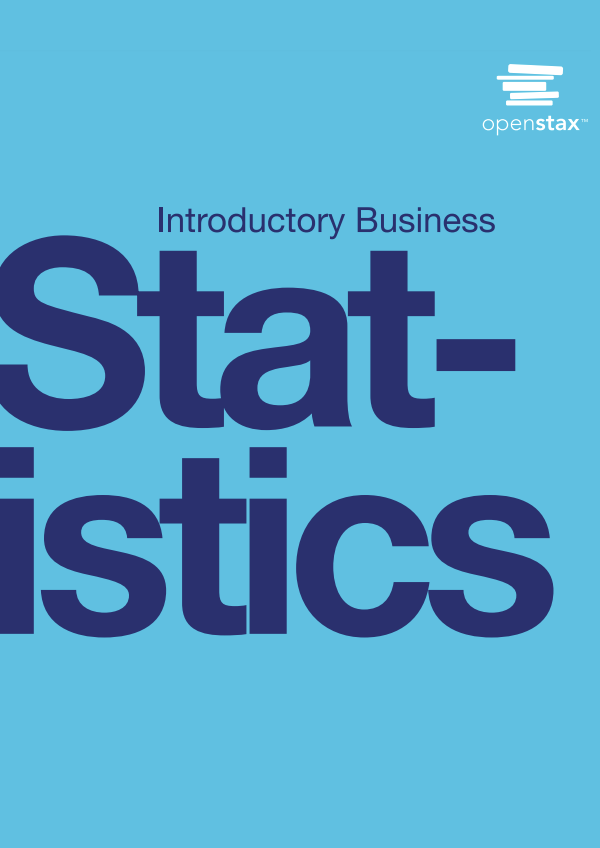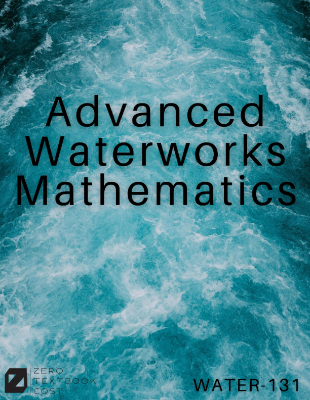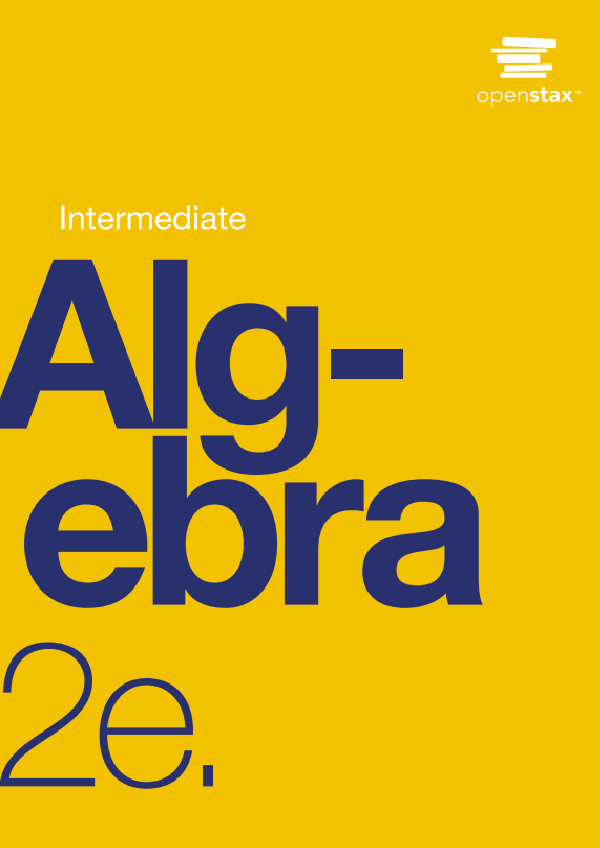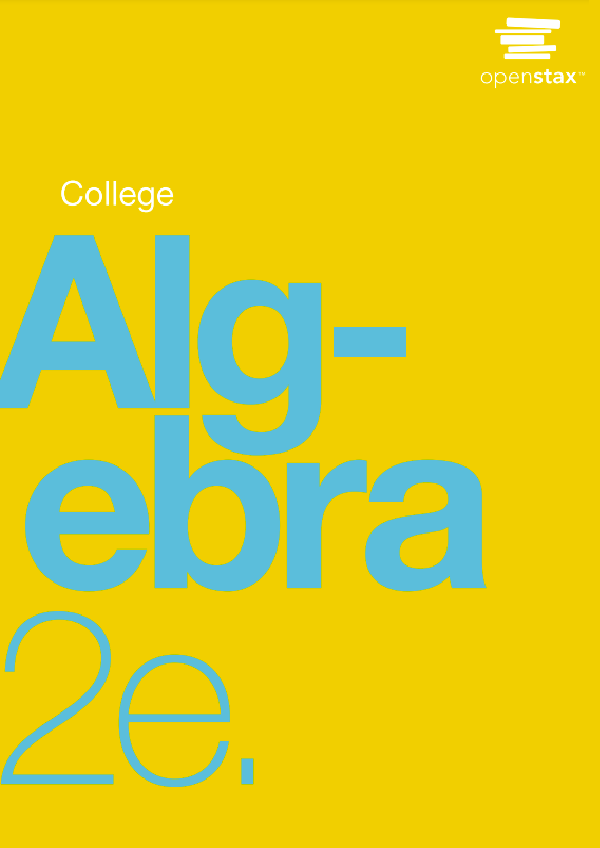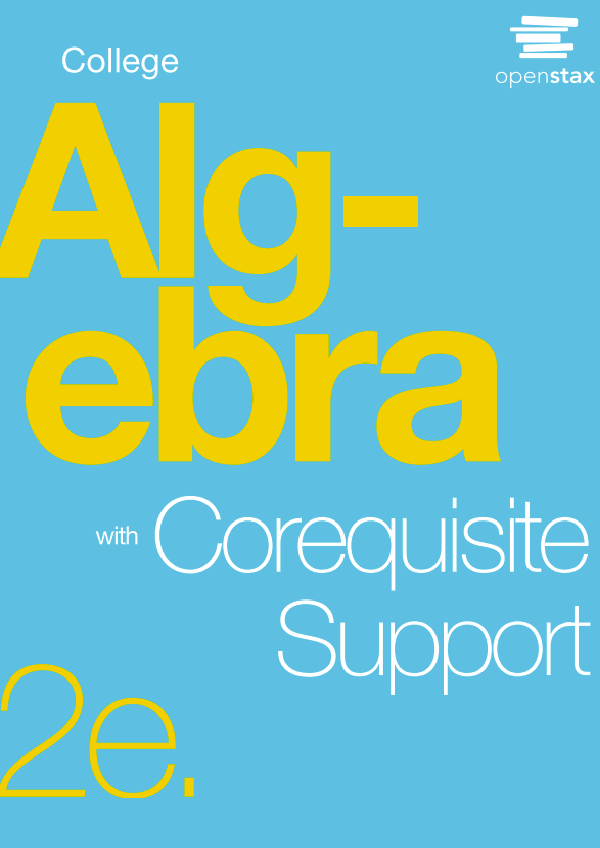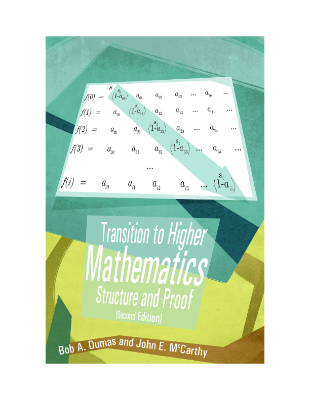At its most basic level, abstract algebra is the study of structures. Just as an architect may examine buildings or an anthropologist societal hierarchies, an algebraist explores the nature of sets equipped with binary operations that satisfy certain properties. While these structures may not seem at first to be very important, they are at the heart of most, if not all, mathematical endeavors. On an elemental level, they allow us to solve systems of equations; on a more global-level, they are behind some of our most important cryptographic systems. We even use them implicitly when telling time!
This is only sort of a “definition” because it is not a rigorous definition of a set. For instance, what do we mean by a “collection” of objects? This “definition” will be sufficient for our course, but be warned that defining a set in this vague way can lead to some serious mathematical issues, such as Russell’s paradox. A mathematician whose expertise is in set theory may scowl disagreeably if you try to define a set as we have above.
Sets must be well-defined: that is, it must be clear exactly which objects are in a set, and which objects aren’t. For instance, the set of all integers is well-defined, but the set of all big integers is not well-defined, since it is unclear what “big” means in this context. We refer to some sets so frequently in mathematics that we have special notation for them.
Binary Operations and Structures
So far we have been discussing sets. These are extremely simple objects, essentially mathematical “bags of stuff.” Without any added structure, their usefulness is very limited. Imagine, for instance, living with friends in a two-story house without rooms, stairs, closets, or hallways. You have no privacy, cannot access the second floor, etc. A set with no added structure will not help us, say, solve a linear equation. What will help us with such things are objects such as groups, rings, fields, and vector spaces. These are sets equipped with binary operations which allow us to combine set elements in various ways. We first rigorously define a binary operation.
Summaries of Groups We’ve Seen
When you see the following groups in the wild, you should assume they are equipped with the following default operations, unless otherwise noted. You should know: What elements the groups contain; What their default operations are; Their orders (and, if they’re infinite, whether they’re countably infinite or uncountable); Whether or not they are abelian.
